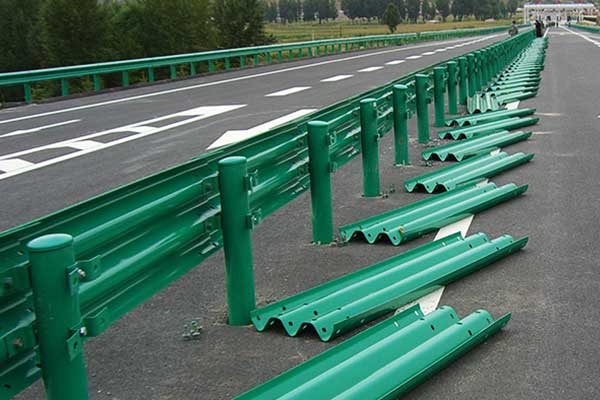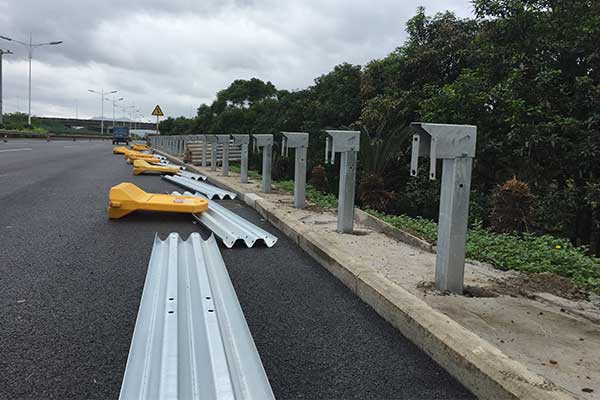What Are the Parts of a Highway Guardrail?
Highway guardrails are essential safety features that line roadsides to protect motorists from potentially hazardous terrain or obstacles. While they may seem like straightforward structures, guardrails consist of several crucial components designed to absorb impact energy and redirect vehicles away from danger. Understanding the parts of a highway guardrail is paramount for ensuring their effectiveness in safeguarding road users. Let’s delve into the key components that make up these vital safety barriers.

Guardrail Beams:
At the heart of every highway guardrail system are the guardrail beams. These are long, horizontal elements that run parallel to the roadway, typically made from materials such as steel or aluminum. Guardrail beams serve as the primary barrier between vehicles and roadside hazards, absorbing impact energy and redirecting errant vehicles away from potential dangers.
Guardrail Posts:
Posts are vertical supports that anchor guardrail beams to the ground. They play a crucial role in maintaining the stability and integrity of the guardrail system. Common materials for guardrail posts include steel, wood, and concrete. The spacing and installation of posts are carefully designed to ensure optimal performance in various road conditions and impact scenarios.

End Treatments:
End treatments are specialized components installed at the beginning and end of guardrail sections. Their primary purpose is to mitigate the risks associated with abrupt ends, such as spearing or snagging hazards. Common types of end treatments include energy-absorbing terminals and crash cushions, which are engineered to safely absorb and dissipate kinetic energy during collisions, reducing the severity of impacts.
Terminal Sections:
Terminal sections are segments of guardrail positioned at strategic locations, such as bridge abutments or sharp curves, where the risk of vehicle impact is higher. These sections often feature enhanced designs to improve performance in challenging conditions. Terminal sections may include transitions to bridge rails or other barrier systems to ensure seamless protection along the entire roadway.
Hardware and Connectors:
Hardware components such as bolts, nuts, and splice connectors are essential for the assembly and maintenance of highway guardrails. High-quality hardware ensures the structural integrity of the guardrail system, preventing loosening or detachment of components over time. Regular inspection and replacement of hardware are critical for preserving the effectiveness of guardrails in safeguarding road users.
Conclusion:
Highway guardrails are a critical element of road safety infrastructure, providing vital protection against roadside hazards and reducing the severity of collisions. By understanding the key components of guardrail systems, transportation authorities, engineers, and road users can appreciate the complexity and importance of these structures. Through continuous innovation and adherence to best practices, we can enhance the safety of our roadways and protect the lives of motorists and pedestrians alike.

